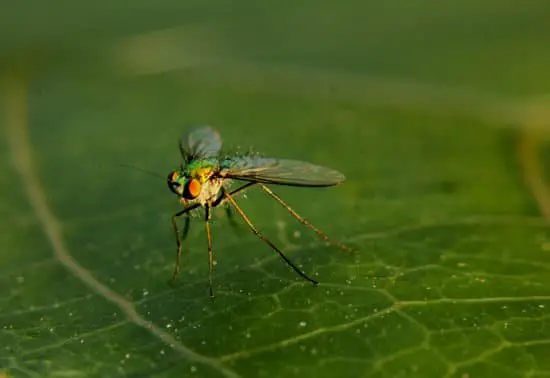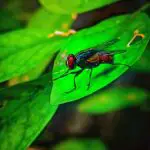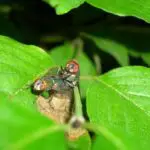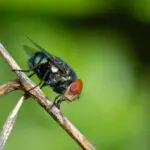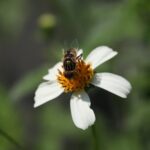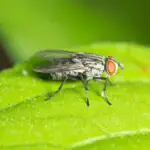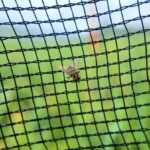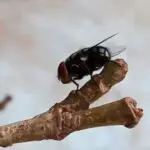How Do Fruit Fly Wings Regenerate?
Until recently, scientists have struggled to understand how flies regenerate wings. However, recent advances in the field have shed new light on this question. The regeneration process in fruit flies is based on the presence of a regulatory region that triggers the formation of adult wings. In this way, the regeneration process can be controlled in a variety of ways.
Damage to a wing can affect shape, size and structural integrity, affecting flight performance and overall fitness. Many vertebrates have developed mechanisms to repair damaged tissue, including moulting to replace damaged feathers, or healing a torn skin membrane. Insects, however, do not have such general mechanisms. Instead, they rely on behavioural mechanisms that compensate for damage.
When flies suffer wing damage, they use a combination of passive and active mechanisms to repair the damaged wing tissue. The most common active mechanism consists of a paired pair of VS cells located in the wing, which serve as sensory feedback. They receive information about the changes in aerodynamic forces, which are translated into changes in the firing phase of the steering muscles.
The wing development process in fruit flies begins at the larval stage, and is regulated by a variety of genes and environmental factors. During the larval stage, the wing develops into a symmetrical blade structure with five longitudinal and two transverse veins. The development process is highly reproducible, with spatial precision as low as a single cell.
